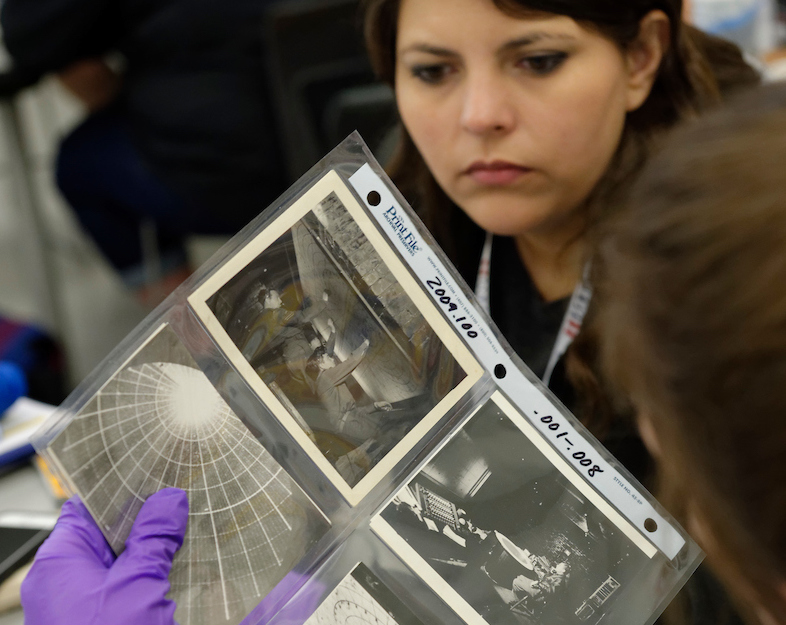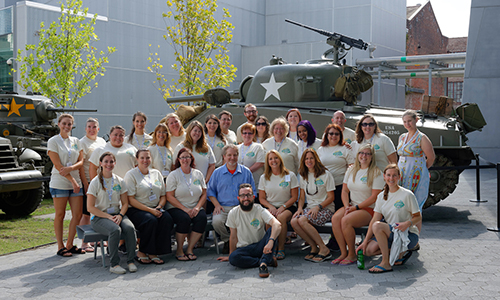When the United States declared war on Japan on December 8, 1941, one day after the infamous attack on the US naval base at Pearl Harbor, the country was suddenly driven out of a period of isolationism and onto the world’s stage as it mobilized the great arsenal of democracy. The journey was not easy, as the United States had to tackle significant challenges at home to meet the sudden demand for supplies and equipment needed to prepare for battle. Through essays, lesson plans, and multimedia resources, this curriculum guide will help students explore how the nation came together to solve complex problems created by the war, as well as the impact it had on the lives of everyday Americans due to wartime practices such as rationing, the draft, and segregation.

Uniting Communities for War
Americans rallied together following the declaration of war on the Axis Powers, however, different Americans supported the war effort for different reasons and different communities made increasingly strong demands on America's political, civic and economic leadership.
Japanese American Incarceration
In one of the darkest moments from the WWII Home Front, war panic and racially-motivated fears combined to deprive over 100,000 Japanese Americans of their civil rights, homes and possessions.
Becoming the Arsenal of Democracy
Emerging out of the Great Depression, it became the task of the American Home Front and American Home Front workers to outproduce the enemy on the industrial battlefield.
Training the American GI
With its entry into World War II, the United States was faced with the challenge of creating, training and arming a massive new military nearly from scratch.
The Great Debate
Prior to the Japanese attack on Pearl Harbor, Americans were divided on the United States' role in world politics: some favoring interventionism, others favoring isolationism.
A Selected Chronology
A timeline of major events in the European theater of World War II, ranging from Adolf Hitler's ascendance as German chancellor to the Potsdam Conference in 1945.
The Home Front By the Numbers
A collection of useful statistics illustrating the impact of World War II on the American Home Front.
Glossary
A selection of key terms relating to the American Home Front of World War II.
Who’s Who on the Home Front
Biographies of the major political, business and civic leaders active on the American Home Front.
Introductory Essay by Rob Citino, PhD
Robert Citino, PhD, The National WWII Museum’s Samuel Zemurray Stone Senior Historian, explains the purpose of the Museum's Home Front curriculum guide.


